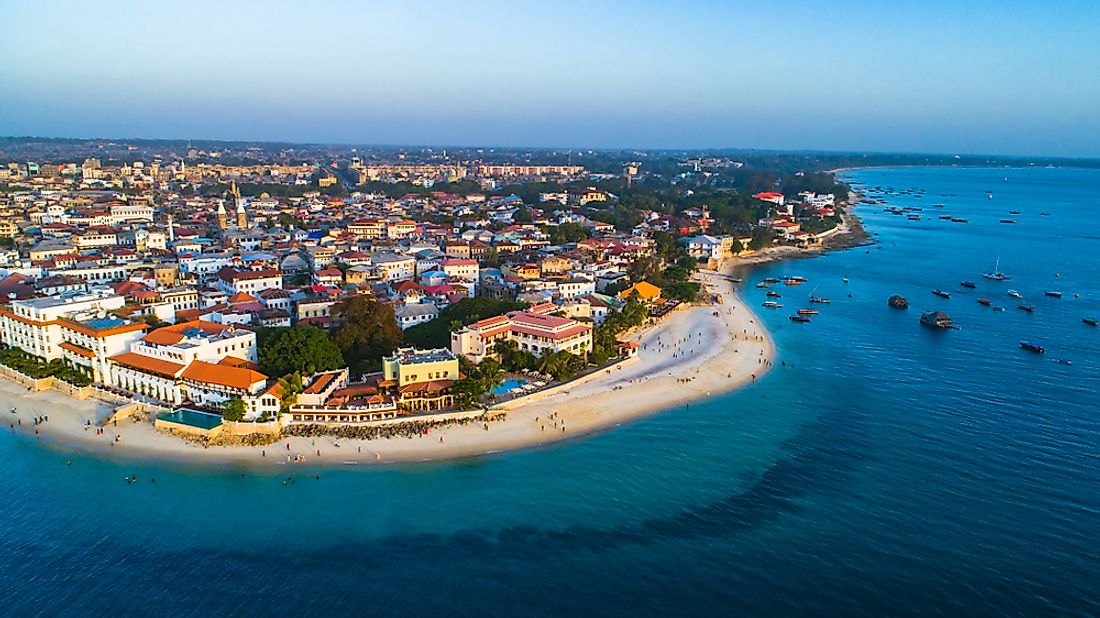How Did Tanzania Get Its Name?

Tanzania is a country in East Africa which shares its land borders with Kenya, Rwanda, Zambia, Uganda, Malawi, Burundi, DRC, and Mozambique. The country also has a coastline on the Indian Ocean, and it is home to the highest mountain in Africa, Mount Kilimanjaro, which lies on the border between Kenya and Tanzania. Tanzania covers an area of 364,900 square miles which include 23,938 square miles of inland water. The Island of Zanzibar covers an area of 771.2 square miles. According to estimates of 2016, Tanzania had a population of 55.57 million inhabitants, and it was a significant increase from the population in 2012, which stood at 44.93 million people. Tanzania is made up of mainland Tanzania and the island of Zanzibar.
Origin Of The Name
The name Tanzania was created by combining two names of two different states which came together to form one country. The two were Tanganyika, which is the mainland and the island of Zanzibar. The name Tanzania is derived from the first three letters of the two states “Tan” and “Zan” and addition of two vowels in the names of the two states which is “i” and “a,” to form Tanzania. Tanganyika is a combination of two words in the Swahili language of “Tanga” which means to sail and “Nyika” which means wilderness or uninhabited plains. Therefore, the word Tanzania loosely translates to “sail in the wilderness.” Zanzibar, on the other hand, is derived from the word “Zenj,” which is a local name meaning black, and “Barr” meaning the coastal area. Therefore, Zanzibar translates loosely to “the black people of the coastal region.”
Union Of Tanganyika and Zanzibar
In the 19th century, the region that is present-day mainland Tanzania was ruled by the Germans, and it was part of the German East Africa. After the First World War in 1922, Tanganyika was placed under the mandate of the League of Nations. Eventually, it was handed to the British, and regions which were part of the German East Africa were handed to the Belgians which later became the countries of Rwanda and Burundi. The Zanzibar Archipelago remained a separate colonial jurisdiction having become a British Protectorate in 1890. Tanganyika gained its independence in 1961 from the British while Zanzibar attained its independence in 1963. The two states merged in April 1964 to form the Republic of Tanzania.
The People Of Tanzania
Tanzania is home to more than 120 different ethnic groups and tribes spread across the country. The figures do not include other tribes who reside in the country because they are refugees from neighboring countries. Most of these tribes are of Bantu origin, but there are other tribes of Nilotic speaking people. There is no dominant ethnic group in the country, but the tribe with a relatively large population is the Sukuma, followed by the Nyamwezi people, and thirdly the Chagga ethnic group. Unlike other countries in East Africa and even the larger African continent, Tanzania has not experienced a large-scale ethnic conflict, and this has been attributed to the unifying factor of the Swahili language in the country.











